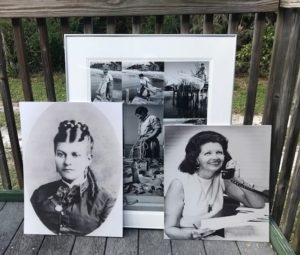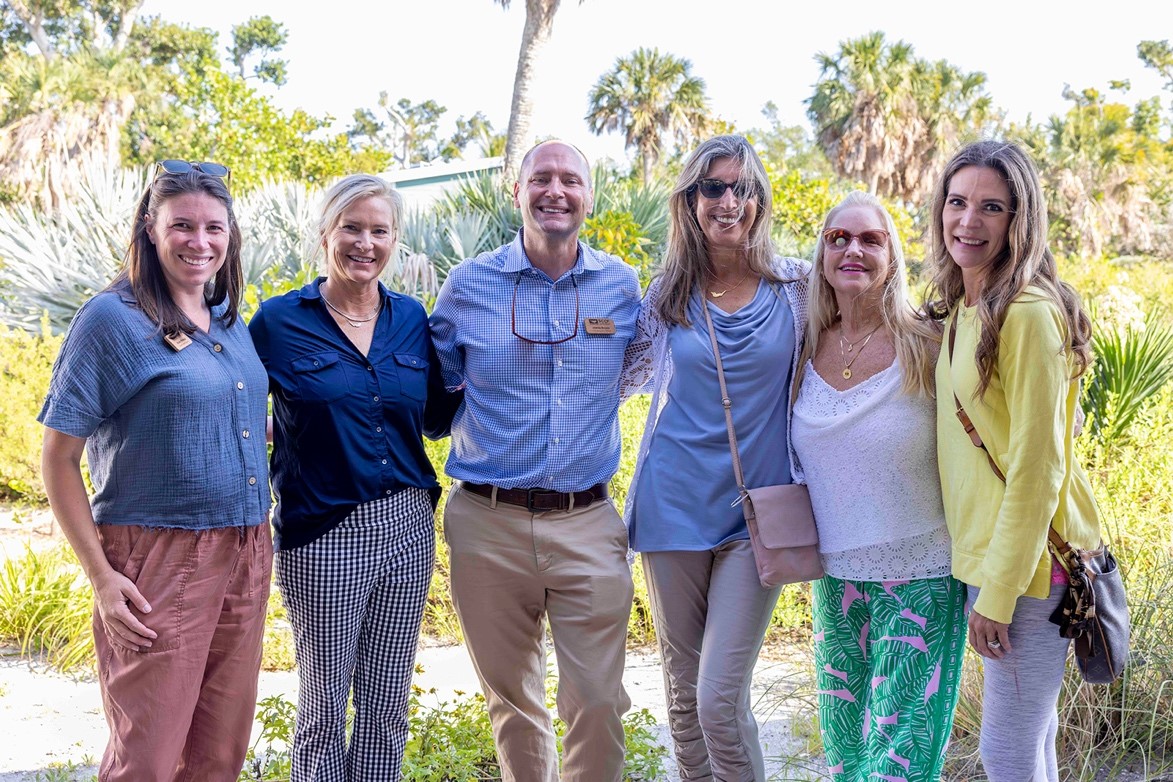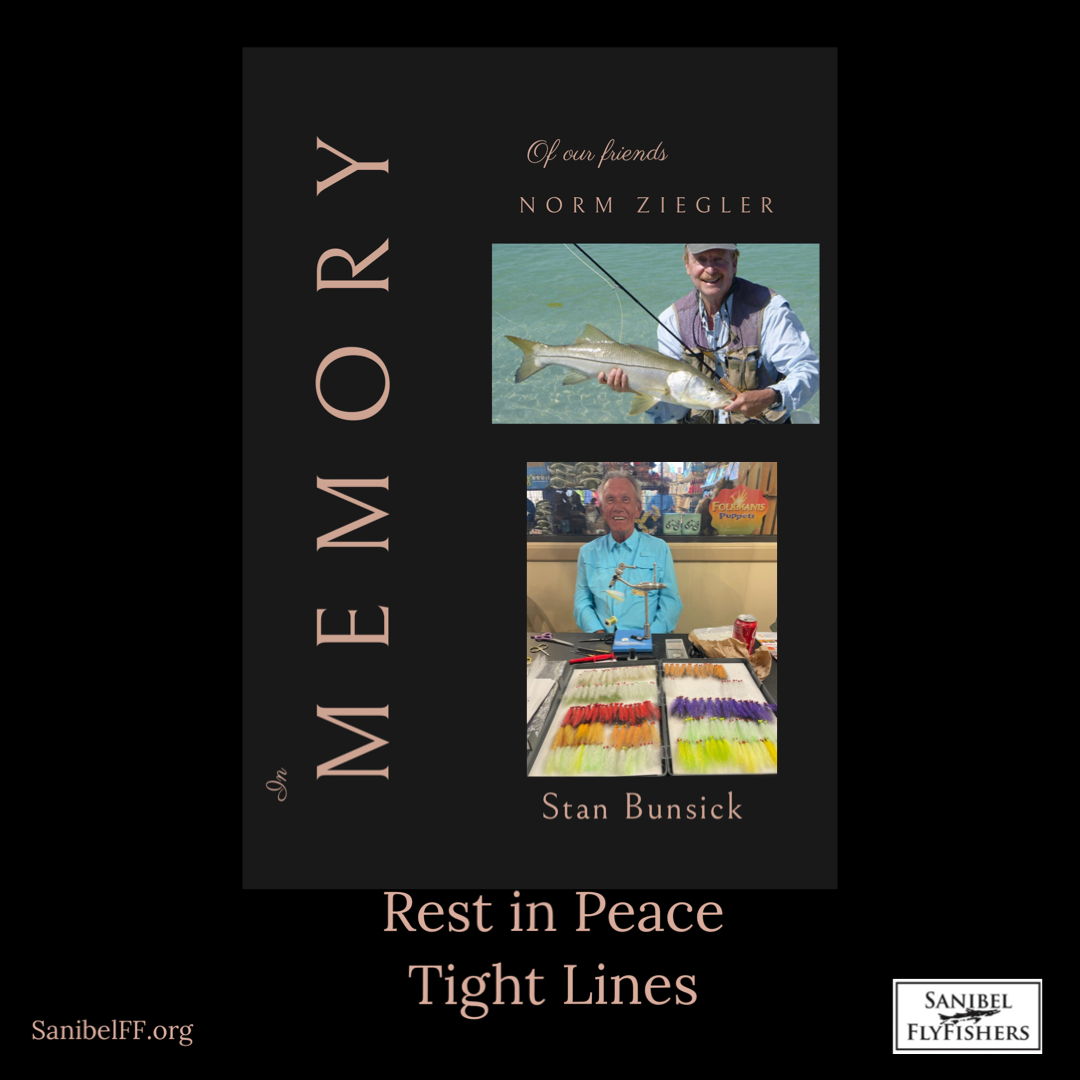 The Sanibel Historical Village is celebrating Women’s History Month with exhibits featuring the pioneers and other historical women of Sanibel.
The Sanibel Historical Village is celebrating Women’s History Month with exhibits featuring the pioneers and other historical women of Sanibel.
“We chose a woman for each building,” explained Deb Gleason, chair of the Display Committee and also of the city’s Historical Preservation Committee. “They include Elinore Mayer Dormer, Ruth Wiles Rutland, Mary Dos Santos Bowen, Esperanza Woodring, Charlotta Matthews, Hazel Reed, Mary Beers Bailey, Hannah Gavin, and Zee Butler. We encourage everyone to come to the Village and learn about these brave who were so instrumental in forming the Sanibel we know today.”
Elimore Mayer Dormer arrived on Sanibel for the first time when she was one year old. Her father and uncle, Ross and Martin, bought bayfront property and built two Sears Roebuck kit houses, Shore Haven in 1924 and Morning Glories in 1926, both of which are now located in the Historical Village. She loved living and growing up on the island. After college and serving in the Navy, she returned to Sanibel in 1962 and turned her focus to preserving the island’s historical buildings from the bulldozers. She helped form the Historical Preservation Committee – the group that was the power behind the formation of the Sanibel Historical Museum and Village in 1984. She also wrote the definitive book on Sanibel history, “The Seashell Islands,” in 1987.
Esperanza Almas Woodring was a descendant of Terevo Padilla, the Cuban fisherman who set up fish camps on the shores of Sanibel. Esperanza knew everything about fishing the waters of San Carlos Bay and the Gulf of Mexico. She married Sam Woodring after meeting him in Punta Gorda, and they ran a successful guide business; their reputations brought many northerners to the island. A guide for more than 60 years, she never grew tired of spending days on her boat. When Sam died in 1942, leaving Esperanza a widow with two children, some property, fishing equipment, no money and “whatever he had taught her,” she proceeded to make a life for herself and her boys. She net-fished commercially, hook-and-line fished for trout, and acted as a fishing and shelling guide, working from her small boat. She died in 1992, leaving a fishing legacy that few on the island can match.
Learn more about the Women of Sanibel this month at the Sanibel Historical Village.
The Sanibel Historical Museum and Village is open Tuesdays through Saturdays from 10 a.m. to 4 p.m. In accordance with the city of Sanibel’s regulations, masks are required inside the buildings at this time. Full guided tours take place at 10:30 and 1:30 depending on docent availability, and advance reservations are not required. There is no additional fee for these tours.
The Sanibel Historical Village is located at 950 Dunlop Road (next to BIG ARTS) and there is handicap access. Admission is $10 for adults over 18. Members and children are free. The village has handicap access to all but one building, the tiny Post Office. For more information, call (239) 472-4648 during museum hours or visit www.sanibelmuseum.org.





